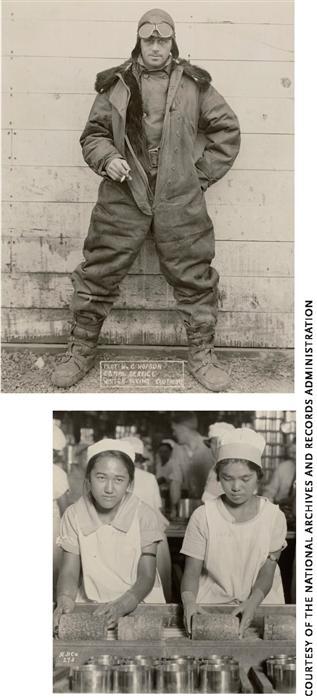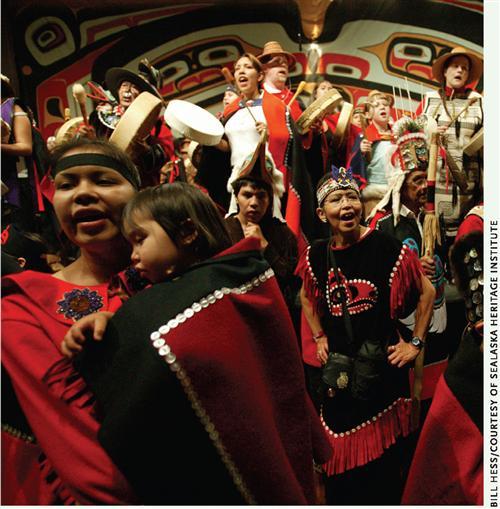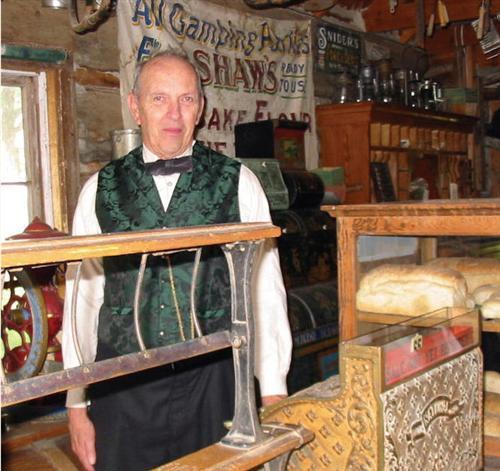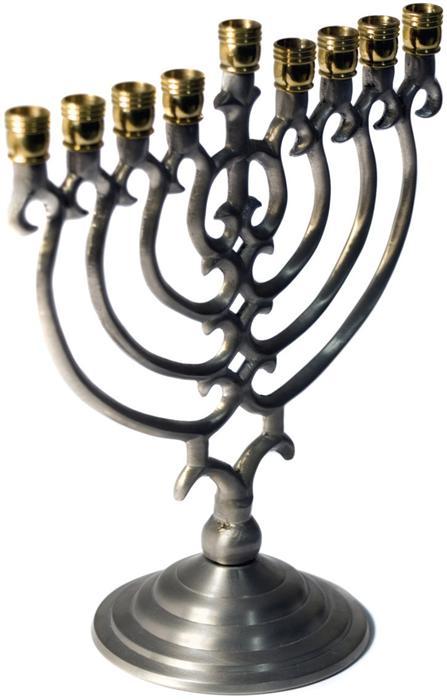Sign up for the Family Tree Newsletter Plus, you’ll receive our 10 Essential Genealogy Research Forms PDF as a special thank you!
Get Your Free Genealogy Forms
"*" indicates required fields
San Diego, California
Global Grub
Savor flavors from 31 countries at the 29th annual Ethnic Food Fair May 28. Among the nations represented are Argentina, the United Kingdom, Ireland, Italy, Spain, Germany and France. In addition to filling up on foreign food, you can listen to music and watch dances a from around the globe.
Admission to the food fair is free, but be prepared to pay for samples. Visit <www.hofshi.net/sdhpr> or call (619) 435-3631 for more information.
The House of Pacific Relations International Cottages sponsors the event. This nonprofit organization consists of 31 national groups, many of which maintain cottages in San Diego’s Balboa Park where visitors can learn about each country’s culture and history. The cottages are open to the public Sundays from noon to 5 p.m.
Washington, DC
Career Opportunity
Until May 29 you can witness the transformation of American labor and the workplace through The Way We Worked, a photography exhibit in the Lawrence F. O’Brien Gallery at the National Archives and Records Administration.
The display employs pictures of coal miners, steel workers, telephone switchboard operators and others from 1857 to 1987. You can see the work clothing your relatives might’ve worn, the conditions they labored in and tools they used. Videos show you employees on the job; audio tracks let you listen as they describe their experiences.
Admission is free. For additional information, call (202) 357-5000 or visit <archives.gov/calendar>.
Juneau, Alaska
Tribal Traditions
Experience American Indian culture during the Sealaska Heritage Institute’s Celebration 2006 June 1-3. The event showcases traditions and customs of the Tlingit, Haida and Tsimshian tribes, which once lived along Alaska’s coasts but are now spread across the state and country.
Tribe members generally depended on fishing and hunting for their livelihoods. The Haida were known for their finely crafted canoes; the Tsimshian, for their carved and painted totem poles. Celebration, held biennially since 1982, is a new twist on an ancient tradition in which a clan from one moiety (one of two groups in a tribal social system) hosted a clan from another moiety. Then the “guest” clan returned the favor to maintain balance, reciprocity and respect.
At this year’s event, festivalgoers can see traditional song and dance, a juried art show and a native arts market. Sea-food lovers won’t want to miss the Black Seaweed Contest, which honors the person who submits the tastiest sample of this traditional dietary staple. Attendees also can sit in on talks by American Indian artists and language teachers.
One- and two-day admission passes range from $5 to $25. Call (907) 463-4844 or visit <www.sealaskaheritage.org> for more information.
Nevada City, Montana
Hot Prospects
Catch the fever — the gold rush fever; that is — June 2-4 at Gold Rush Town living history weekend. In 1863, William Fairweather and Henry Edgar, who were camping with four other prospectors, hit the jackpot along Alder Gulch when they filled a pan with $2.40 worth of gold. Soon, word of the discovery spread and settlers rushed to Nevada City and nearby Virginia City. During the first three mining seasons after the discovery, prospectors removed an estimated $30 million in gold from the gulch.
At its peak, Nevada City (located just 90 miles west of Yellowstone National Park) had a miner’s store, brewery, livery stable and Masonic Hall as well as blacksmith and butcher shops. But by 1876, the city had become a ghost town. Twelve of the original buildings remain, along with about 100 other historic buildings from throughout the state that preservation-minded philanthropists moved to this former boomtown.
During Gold Rush Town weekend, you can see interpreters sporting historical dress, demonstrating traditional skills and selling period crafts. Visit Music Hall to hear antique player pianos and carnival organs, learn to spin and weave, watch the local blacksmith at work and — if you’re lucky — taste frontier cooking. Also, view objects used during the filming of the 2002 PBS series “Frontier House” and visit the time-traveling families’ training site. Stop by the jail, bakery, saddlery and saloon, too.
Admission costs $8. Go to <www.montanaheritagecommission.com> or call (406) 843-5247 for more details.
This special event isn’t your only chance to celebrate this ghost town’s past. On weekends throughout the summer, Nevada City hosts living history events with themes paralleling Alder Gulch’s history.
And remember to stop in nearby Virginia City, too. Once a pioneer mining camp, the town — now home to only a few hundred residents — has historic buildings filled with artifacts and furnishings, a fully refurbished 1910 steam locomotive, a stagecoach, a theater and an opera house.
Chicago, Illinois
Kosher Culture
Since 1980, thousands of Jews have flocked to the Windy City for the biennial, volunteer-run Greater Chicago Jewish Folk Arts Festival. This year’s event, slated for June 11, features four entertainment stages where you can watch musical performers and dance groups, and listen to storytellers. You’ll also get to visit arts and crafts fairs and chow down on kosher food. Children can make craft projects and participate in other hands-on activities.
Admission is $5 for adults; children 12 and under get in free. For more information, visit <www.jcwishfestival.org> or call (847) 933-3000.
From the June 2006 issue of Family Tree Magazine.
ADVERTISEMENT






